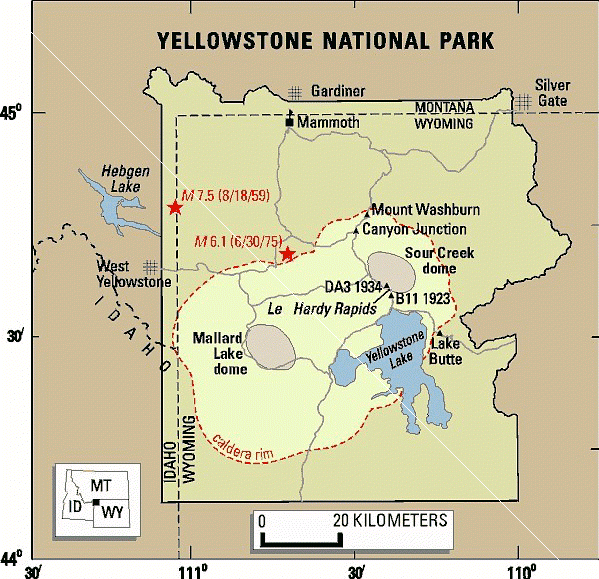OF THE
TIMES
We'll know our disinformation program is complete when everything the American public believes is false.
A lot of "he said, she said" going on here.
There exists a silver lining in the story that cant be overlooked. For every vile dumped into the toilet, 5 people have avoided blood clotting...
Iran has just fired back.
The entire Ring of Fire is trembling this morning, all around. Iran trembled last night, in more ways than ONE. Right on sked.
GDPetti If you have discovered that psychopathic behaviour is in the DNA you will be the first. Please pray explain? Sounds racist to me.
To submit an article for publication, see our Submission Guidelines
Reader comments do not necessarily reflect the views of the volunteers, editors, and directors of SOTT.net or the Quantum Future Group.
Some icons on this site were created by: Afterglow, Aha-Soft, AntialiasFactory, artdesigner.lv, Artura, DailyOverview, Everaldo, GraphicsFuel, IconFactory, Iconka, IconShock, Icons-Land, i-love-icons, KDE-look.org, Klukeart, mugenb16, Map Icons Collection, PetshopBoxStudio, VisualPharm, wbeiruti, WebIconset
Powered by PikaJS 🐁 and In·Site
Original content © 2002-2024 by Sott.net/Signs of the Times. See: FAIR USE NOTICE

Reader Comments
to our Newsletter